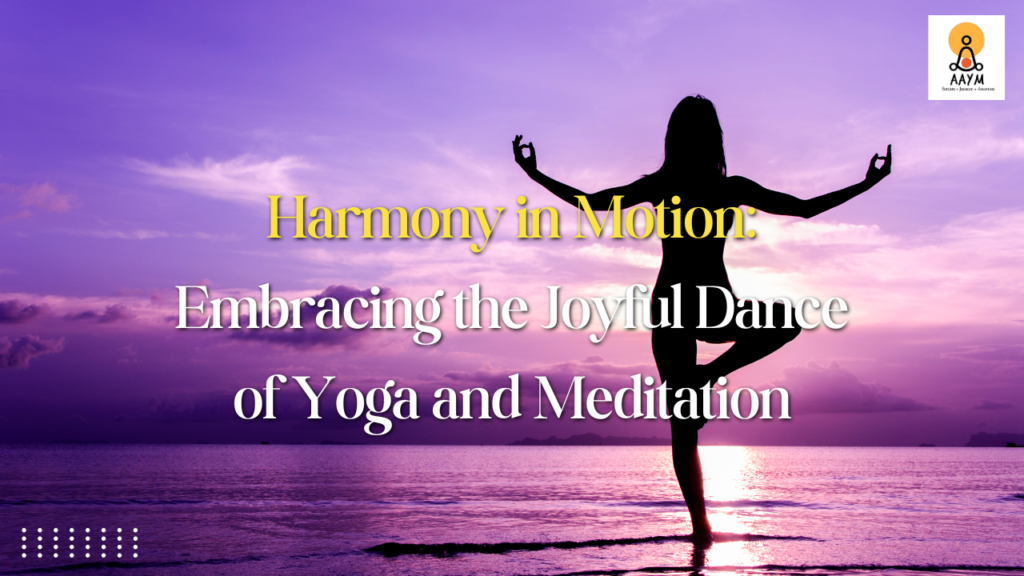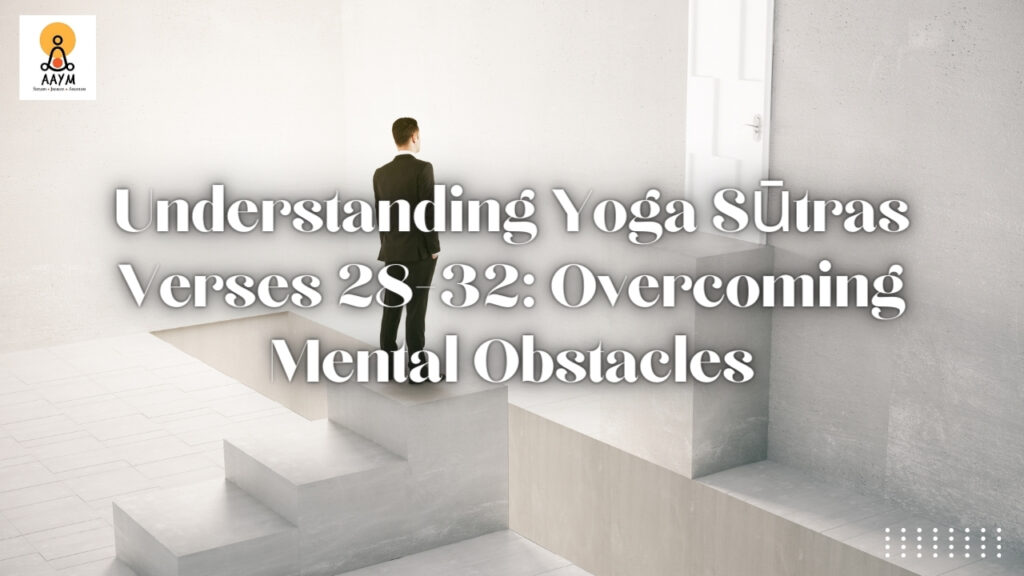Ever find yourself in a yoga class, holding a pose, focusing on your breath, and thinking to yourself, ‘Isn’t this similar to meditation?’ Or maybe you’ve been in a meditation session, sitting in a lotus position, and realized it feels a lot like a yoga posture. It’s a common occurrence. The lines between yoga and meditation often blur, causing a mix-up. Yes, they share similarities, but they are distinct practices with their unique benefits. Let’s Dive into the Fun! Let’s explore meditation vs. yoga and understand different realms to find out which practice best suits your needs. In this journey, we’ll explore whether yoga or meditation is best for anxiety, understand the difference between yoga and pranayam, and determine whether you should meditate before or after yoga. Oh by the way, are you a beginner at yoga? Here’s a weekly yoga series for you on Level Supermind to get started with your journey. What is yoga? Yoga is like a happy dance for your body and mind! It’s a physical practice that involves a series of postures (asanas), breath work (pranayama), and meditation (dhyana). Originating in ancient India, yoga aims to create a balance between the body, mind, and spirit, promoting overall health and well-being. It’s like a big warm hug for your soul! What is meditation? Close your eyes, take a deep breath, and feel the calm wash over you! That’s meditation for you. Dhyana or meditation involves focusing the mind on a particular object, thought, or activity to train your attention and work on your self-awareness, achieving a mentally clear, emotionally calm, and stable state. It’s like a bit of vacation for your mind! The Difference Between Meditation and Concentration While both meditation and concentration involve focusing the mind, they are not the same. Concentration consists in focusing the mind on a single point, such as the breath or a mantra. Meditation, however, involves a broader focus. It’s like doodling with your thoughts, exploring the wonders of your mind! Similarities Between Yoga and Meditation Picture this: you’re on a beach, feeling the sand between your toes and listening to waves crashing. That’s the vibe of yoga and meditation! They share several similarities. These practices aim to cultivate mindfulness, promote relaxation, and improve mental and physical health. It’s like a little happy party for your soul and body! Yoga and Meditation for Anxiety Feeling stressed? No worries, we’ve got you covered! Yoga and meditation are like your stress-busting superheroes. Yoga, with its focus on physical postures and controlled breathing, can help reduce the physical symptoms of anxiety. It’s like a big stretchy hug! Meditation, on the other hand, helps control anxiety by focusing the mind and bringing yourself to the present moment. It’s like pressing the ‘pause’ button on your worries! Yoga vs Meditation: A Comparative Analysis Imagine you’re in a candy store and can choose between your favorite treats. That’s yoga vs meditation for you! While yoga and meditation share common goals of promoting peace and balance, their approach and focus differ. Yoga is a fun adventure, with physical movement and postures promoting strength, flexibility, and balance. Meditation is like a cozy snuggle, primarily a mental practice involving quieting the mind and focusing on the breath. It’s like your happy little zen garden! The Difference Between Yoga and Pranayam Pranayam is like the cherry on top of your yoga sundae! It’s breath control, a key component of yoga. Pranayam involves various techniques to control the breath, such as deep breathing, rapid breathing, and alternate nostril breathing. It’s like a little happy dance for your lungs! Yoga, Meditation, and Exercise: A Comparative Analysis Let’s discuss the happy trio: yoga, meditation, and exercise! While yoga and meditation are mind-body practices, exercise typically refers to physical activities that improve health and fitness. Yoga is like a joyful dance party for your body and mind! It involves physical postures that make you strong and flexible. Meditation, on the other hand, is like a peaceful picnic for your mind. It involves quieting the mind and focusing on the breath. Exercise is like a little happy boost for your body! It primarily focuses on improving physical health, including strength and flexibility. It’s like your happy little endorphin rush!. Meditate Before or After Yoga Picture this: you’re about to embark on a magical journey. Should you pack your snacks before or after? That’s the dilemma with meditation before or after yoga! The answer? It’s like choosing between sprinkles or whipped cream on your ice cream sundae – it depends on your mood! Some people find that yoga helps prepare the body and mind for meditation, making it easier to sit still and focus. Others prefer to meditate first to calm the mind and set a mindful tone for their yoga practice. It’s like your happy little self-care routine! What Should You Choose: Yoga or Meditation? Let’s play a little game called ‘choose your adventure’! There’s no one-size-fits-all when it comes to deciding between yoga and meditation. It’s like choosing your favorite flavor of ice cream – it depends on your personal goals and preferences! If you’re looking for a practice combining physical activity with mindfulness, yoga might be the right choice. It’s like your happy little dance party! It can help improve flexibility, strength, and balance and has mental health benefits. On the other hand, if your primary goal





